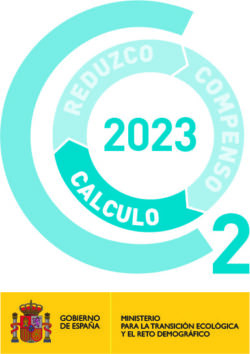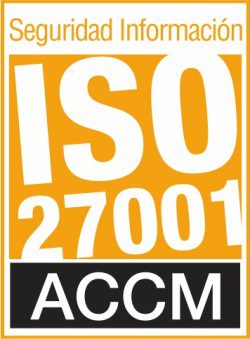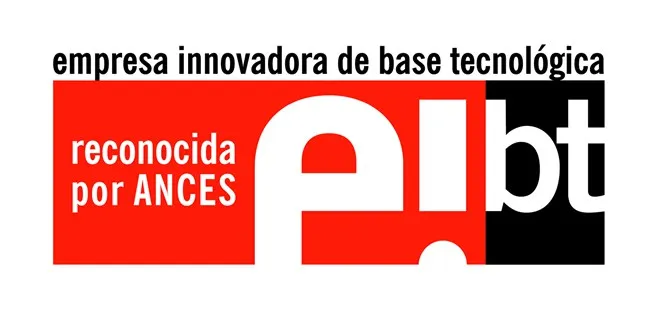In the context of the REWIRE project, ODINS leads the Smart City use case, aiming to address current and emerging challenges of cybersecurity and connectivity between “smart” urban infrastructures. In a world where numerous interconnected IoT devices interact for the management of critical services and infrastructures, such as traffic control or energy efficiency management, it is necessary to safeguard a secure environment against threats for the protection of the entire ecosystem. The REWIRE framework manages to provide a holistic security approach throughout the lifecycle, from the design phase to runtime, while ensuring data confidentiality, integrity and availability, which represent the essential elements to maintain both efficiency and cybersecurity in a dynamic and complex Smart Cities environment.
Restricted security status
The restricted security case raises concerns, since if we delegate security to lower layers of the TCP/IP stack, we find that typical low-power communication technologies, such as LPWANs, integrate vendor-specific security mechanisms, tailored to their radio characteristics. For this reason, and despite the main benefits they offer, such as Low power consumption, long range and low cost communication features, security in LPWANs is limited to communication between the centralized architecture component of its star-of-star topology.
More importantly, LPWAN security mechanisms only manage to address security from the end device to the centralized server that manages the network. Therefore, when authorized users or third parties try to access the content of messages, it is secured only between the user’s browser and the cloud platform. Therefore, LPWAN designs fail to address end-to-end security needs and requirements , as well as the privacy of message transmissions. For example, by default, LPWAN providers and administrators can access the content of each message transmitted in plain text. As a result, customers cannot guarantee the use of third-party LPWAN implementations without revealing the content of their communications.
On the other hand, there is also the application layer. Constrained Application Protocol (CoAP) is a protocol optimized for IoT devices that uses UDP to minimize resources, unlike HTTP. Although it is standardized, ensuring its security remains a major challenge as well. Several protocols seek to become the standard for securing communications in IoT environments, ensuring confidentiality, integrity, and availability.
The REWIRE framework in smart city processes
In the context of smart cities, processes such as device onboarding and remote software updates are critical to the efficient and secure operation of urban systems. Device onboarding refers to the process by which new devices, such as sensors and cameras, are integrated into the city network to begin sending and receiving data. This process is crucial to ensure that city infrastructure, such as the traffic light system, can function optimally and adapt to new needs or changes in the urban environment. However, device onboarding often faces significant challenges in terms of security. Lack of adequate protections can allow malicious actors to interfere with the network, thereby compromising the operation of critical systems.
On the other hand, another critical process in the case of Smart Cities is considered to be remote software updating. This process allows system administrators to update the software of distributed devices, without the need for physical intervention. Since Smart Cities typically have a large number of connected devices, these updates are usually one-to-many, meaning a specific update is distributed to several devices simultaneously. This feature of the process increases complexity and risk, as a compromised update can affect numerous devices at the same time, amplifying the potential impact of any attack. In the case of systems such as traffic light control, a remote update can be a valuable tool to introduce improvements or correct vulnerabilities. However, remote updating also presents risks, when not implemented with adequate security measures. An attacker who compromises an update can introduce malware or exploit vulnerabilities, putting public safety and service efficiency at risk.
The importance of protecting these processes becomes clear when considering the key values and potential impact on human life, safety in the area of mobility and facilitation of life. For example, a traffic light that does not work properly due to a compromised update or a device that has been incorrectly integrated into the network can lead to serious traffic accidents.
Traffic control systems rely on secure and reliable communication to ensure that traffic lights change at the right time and that traffic status information is accurate and timely. The security of these processes is crucial to maintaining the integrity and efficiency of urban infrastructure and thereby protecting the lives of citizens.
To apply the REWIRE framework in Smart Cities, a scenario based on a traffic intersection has been deployed. This environment allows testing both the device onboarding process and remote software updating.
Stay tuned for Project REWIRE use cases for real-world cybersecurity applications here
Do you need help?
Fill out the form and we will
we will be able to contact you.
Our customer service hours are Monday to Thursday from 08:00 to 17:00, Friday from 08:00 to 15:00. We will try to respond to you as soon as possible.












